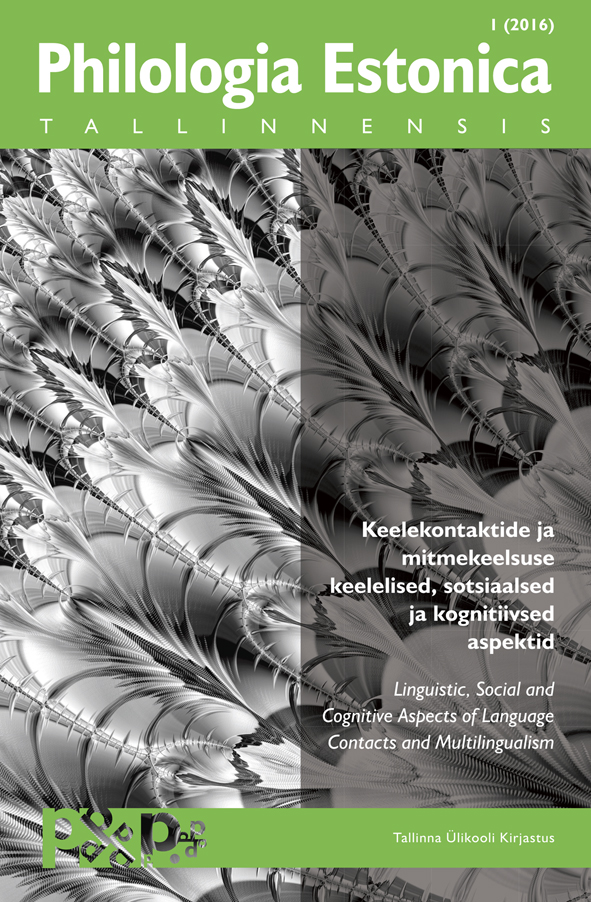
We kindly inform you that, as long as the subject affiliation of our 300.000+ articles is in progress, you might get unsufficient or no results on your third level or second level search. In this case, please broaden your search criteria.

This paper describes the basic morphological (synthetic) and lexical means of representation of event structures in the Tatar language based on iterative and multiplicative verbs. It is shown that affixal iteratives also express other categories: incompleteness of action (raritive) and agent qualifying characteristics (usitative). Lexical iteratives and multiplicatives are investigated. Their semantic classes are distinguished. Considerable attention is paid to the verbs denoting optical (light) effects. The study is carried out using the data of the National Corpus of the Tatar Language “Tugan Tel”.
More...
The paper attempts to reveal and describe some peculiarities of the formation of complex words in the Tatar language, which are used to describe human characteristics. Words belonging to the thematic group are divided into proper complex, paired, and compound words. Most lexemes are dialectal, informal, or colloquial, being characterized as adjectives. The source lexical units involved in the formation of complex words are mostly of the Kipchak-Turkic origin in the Tatar language. Very few of them are actual borrowings from non-cognate languages. Proper complex and compound words are more often formed by connecting the adjective to the noun as a second component. Paired words are mainly formed by using two adjectives. New compound words are formed with the help of such affixes as -ly/-le (-лы/-ле) and -chan/-chän (-чан/-чән).
More...
This paper discusses the figurative potential of the lexeme memory. The figurativeness of the lexical unit is investigated based on the idea of invariance, or paradigmaticity, of a verbal figure. The analysis is based on the poetic works of the 19th–20th centuries in the National Corpus of the Russian Language. The most voluminous paradigms in which the noun memory acts as an object of comparison are described. The grounds for rapprochement between the object and figure during the functioning of the studied lexeme are revealed.
More...
The paper considers the significance and fundamental aspects of the English-Tatar lexicographical school and its role in creating the multilingual Russian-Tatar-English environment. The principles of dictionary compilation at the micro- and macrolevels, which were introduced about 20 years ago, are reviewed and reconsidered. The advantages of lexicographical developments contributing to further advance in this scientific area are emphasized.
More...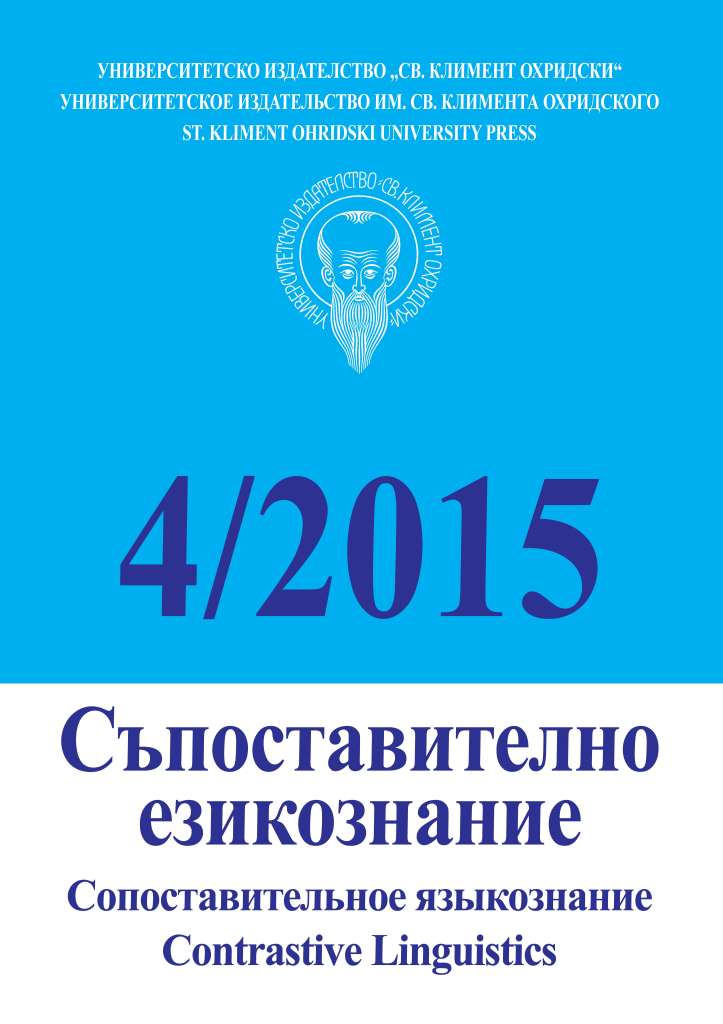
In this article inchoative verbs in three Slavonic languages: Bulgarian (southern group), Polish (western group) and Belarusian (eastern group) are analyzed. The basic reasons for the observed quantitative differences in terms of inchoative verbs in the three studied languages are explained. The adopted semantic analysis made it possible to determine the regularities in the creation of inchoative verbs and to describe the semantic classes characterized by a greater productivity of inchoative verbs in them.
More...
Sphota is a specific concept from the Indian linguistic and philosophical tradition, which has no analogue in Western linguistics. Sphota is the word in the mind or the mental sound that "illuminates" the signified. The concept is presented systematically by the ancient Indian philosopher and grammarian Bhartrihari in his treatise About the sentence and the word. Among the main features of the concept are integrity, lack of sequence and temporal specificity. It transmits its own form together with the meaning. Furthermore, the form has a leading position. From the standpoint of modern psycholinguistics, the ideas of Bhartrihari are more consonant with the connectionist language and less with the serial ones.
More...
The paper reviews the different hypotheses on the origin of the verb патя and its derivatives. The analysis applies a number of approaches: formal, semantic, synchronic and areal-georgraphic. The verb is compared to its cognates in Romanian păţi, Aromanian pat, Albanian pësoj, pësonj, Macedonian пати, and Serbo-Croatian пàтити. The forms and uses of the verb in medieval documents are traced. The research aims to answer the question whether the vulgar Latin *patīre < classical Latin pătior or the Greek πάσχω, παθαίνω is the more likely prototype or source for the Bulgarian verb. The hypothesis is formulated that the verb and its derivatives in Bulgarian, as well as in some other Balkan and South- Slavic languages, cannot be traced to a uniform, single source of origin and should be interpreted as belonging to different temporal layers of borrowings.
More...
The present research analyses the content of the terms palatal and palatalized consonants. Their interpretations the linguistic literature in English, Bulgarian and Romanian are compared. The debate around the existence of soft consonants in the phonetic systems of the Bulgarian and the Romanian languages is traced back, as well as the terminological diversity in their denomination.
More...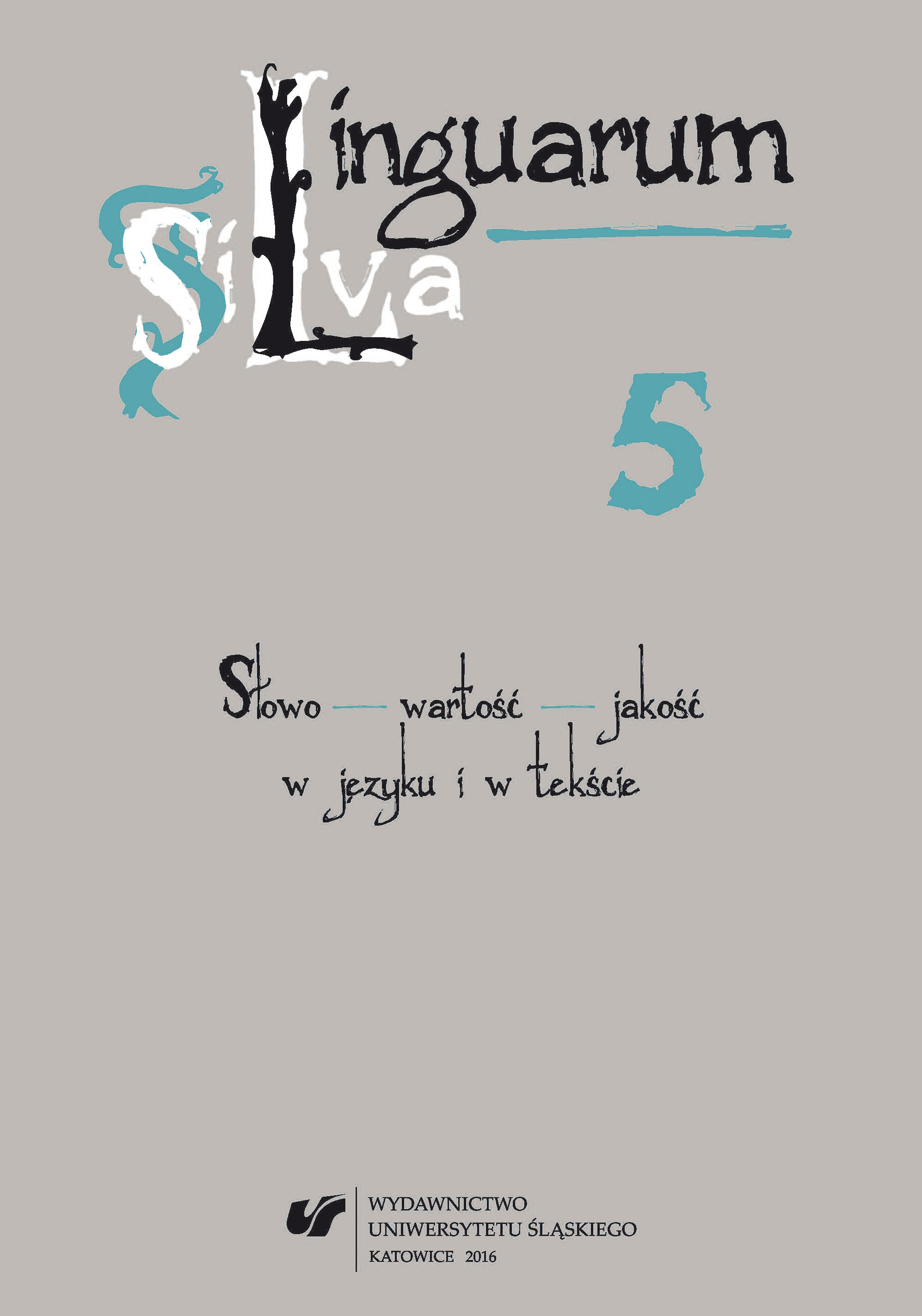
The article is devoted to an analysis of the hyponyms of the lexeme złodziej in the history of the Polish language. The research that was conducted is representative of the trend of diachronic linguistics and its aim will be to present the complete evolution of the vocabulary concentrated upon the field that is analysed. The material that is presented in the article was excerpted from dictionary sources. In the units that are analysed the main semantic elements which enabled us to divide the material that was collected into two groups were distinguished. The first group contains hyponyms of the lexeme złodziej which emphasise the feature of a thief. The second group contains lexemes which emphasise the manner in which the theft is committed. The main premise of the article is to present the semantic changes which occurred in the field of the hyponyms of the lexeme thief. Another crucial point of the article is associated with etymological investigations whose purpose is to present the origin of the units that are studied.
More...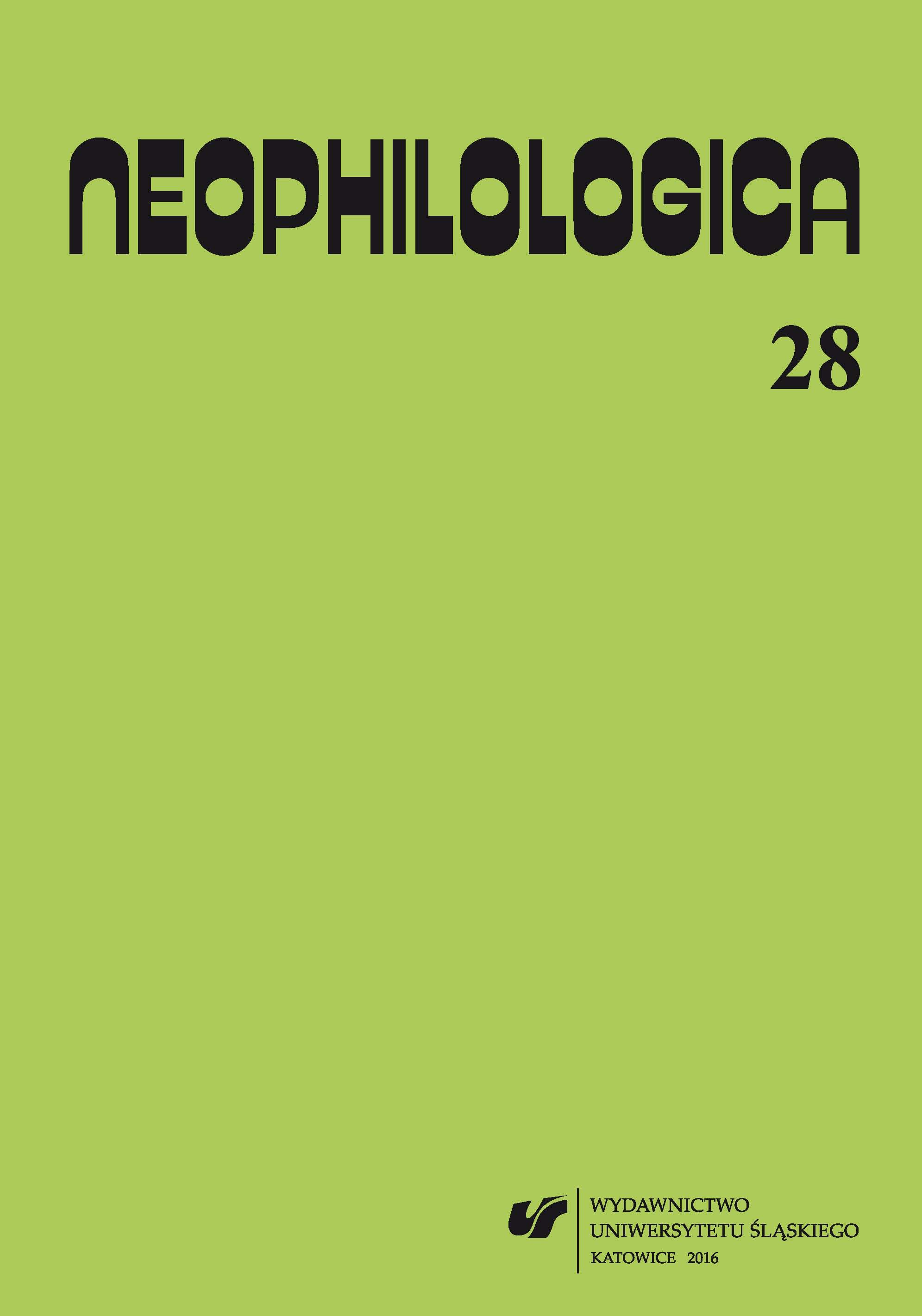
This article presents several lexical and syntactic structures characteristic of scientific texts. Markers of comparison such as être identique à, différer de, comme are one element of the analyzed structures. The proposed analyses treat phraseology in a wider context (phraséologie étendue) and are a part of a broader research on motive.
More...
In article stylistic features of the homonyms reflected in language of the Azerbaijan poetry are considered. The author on an extensive material investigates poetic and stylistic forms of expression of homonyms. The samples resulted from the Azerbaijan poetry brightly shows poetical-communicative force, a lexical-semantic originality of the homonyms used for expression of an art plan of the author.
More...
The publication touches morphological process of social and economic terms which are used in the community while connecting with transition to market economy. The article gives analysis the types of economic terms which are formed by morphological ways.
More...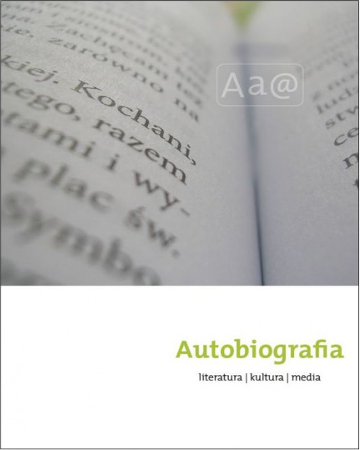
The article presents the history of Polish autobiographical comics, from the turn of the millennia up to the present day. The author points out that Wilhelm Sasnal and his comic book Daily life in Poland in 1999–2001 should be considered the first Polish autobiographical comic book author. Then he draws our attention to the major role of Michał “Śledźu” Śledziński and his magazine “Produkt”, his work is compared to the role of the American underground creator Robert Crumb and his “Zap! Comix”. Next the article tells us more about the work of Agata “Endo” Nowicka (as far as autobiography of women’s comics is considered) and a competition for short autobiographical comic book organized by Nowicka in “Wysokie Obcasy”, as well as comic books of three other authors representing the autobiographical genre: – Agata Wawryniuk, Olga Wrobel and Daniel Chmielewski.
More...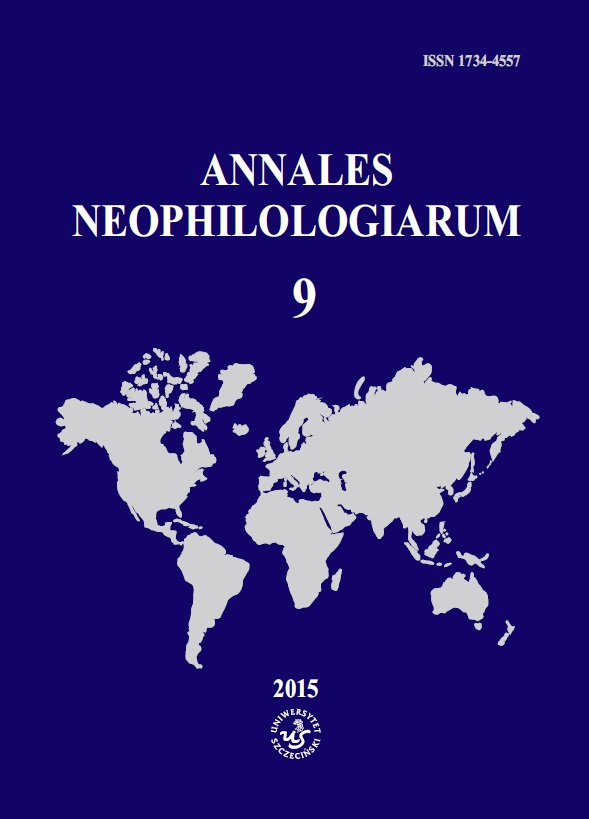
The autoress analyses differences and ambiguities about Croatian and Polish word order in their grammars or media. In both languages there are no precise rules about order of subordinate words in sentences, which causes ambiguit meanings. The paper consists of 4 parts: 1. description of word order in Croatina grammars; 2. description of word order in Polish grammars; 3. ambiguities during communication in Polish and Croatian media; 4. as a result of this research the autoress shows 10 rules that should be considered in the sentences without ambiguities or mistakes.
More...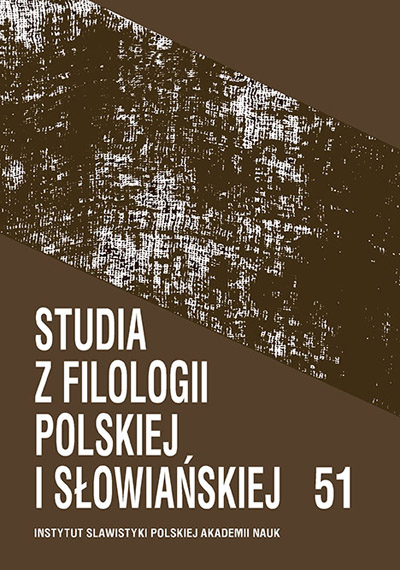
The purpose of this paper is to analyze the contemporary usage of the Polish verb dedykować (to dedicate) and its participle dedykowany (dedicated). During last few years under the influence of English semantics and pragmatics this verb became one of the most popular words in the Polish marketing and IT jargon. The data provided by the National Corpus of Polish enables to state that the contemporary usage of the verb differs significantly from the semantic description published in the dictionaries of Polish. Therefore the scope of this paper is to promote the corpus driven approach to the lexicography. Since the new meaning of the analyzed verb is an English borrowing the paper deals also with the problem of adjusting English morphological patterns to the rules of Slavic verbal inflexion. As it can be observed in the text this grammatical divergence leads in the case of new borrowings to the widely diversified and unstable language usage.
More...
The article concerns the East-Slavic linguistic influence on Polish in the second half of the nineteenh century as exemplified by the meaning of the phrase zbić z pantałyku. Today’s meaning of the phrase is associated with another phraseologism zbić z tropu ‘to throw [lit. knock] off trace,’ which originates from the hunting jargon. *Pantałyk as a separate word is not (and never has been) used in general Polish, and the comprehensibility of the whole phrase is the result of the sum of its components. East Slavic counterparts of the phrase are attested from the midnineteenth century. In the Polish of the period, zbić z pantałyku had a colloquial status, and its usefulness in the sphere of everyday communication was a manifestation of economy of imaginary rather than conceptual means of expression. Especially in the conditions of widespread bilingualism, the new phrase could easily be recognized against the background of contemporary usage of nearsynonymous colloquial phrases derived from the verb zbić ‘to beat’ but also ‘to knock off.’ The greater frequency of zbić z pantałyku in the Polish of southeastern borderlands resulted from a combination of factors, mainly the blurred boundaries between literary and dialectal (folk) phraseology.
More...
The paper is a presentation of the results of a qualitative formal analysis of different types of Serbo-Slovak interlingual approximates (false friends, interlingual homonyms). In his earlier research on Serbo-Slovak approximation, the author of this paper defined the appropriate terminology and the meaning of the notions similar and identical in terms of quantitative analysis. The results of the study are based on lexical material containing 266 pairs of Serbo-Slovak approximates. They have been classified into four groups – interlingual homonyms, homophones, homographs and paronyms. We found that the differences between approximates are similar in their nature within the groups they were classified into. The existence of these types of differences is possible due to the presence of numerous spelling principles in the Slovak orthography – which features a combination of the phonetic, morphological, grammatical and etymological principles. In the Serbian language, the phonetic principle is the only one consistently present, and the morphological principle can be seen only in a few exceptions. Orthoepic differences are closely related to the orthographic ones. In addition, we can distinguish other kinds of differences which result from a different etymological development or are accidental. Comparing and understanding differences gives a comprehensive and clear view of the formal differentiation of Serbo-Slovak interlingual approximation.
More...
The Article concentrates on the findings regarding Slavic influence on Yiddish, described in the newest English-language edition of Max Weinreich’s History of the Yiddish Language – a canonical title for modern Yiddish studies. Its first task is to acquaint Polish readers with M. Weinreich’s propositions and findings on the general character of Polish-Yiddish and Slavic-Yiddish language contact. This will also be taken as an opportunity to briefly review the research on this subject conducted by Polish scholars. Additionally, the article will elaborate (albeit not exhaustively) on the attempts to question and verify M. Weinreich’s theories which may prove interesting from the point of view of Slavic studies. Its second, equally important task is to describe chosen examples of the results of Slavic influence, in which Polish played a significant role, as they present themselves in the lexicon, morphology, word formation and syntax of Yiddish.
More...
The article regards dialectal zones of the Belarusian language, which, as opposed to the traditional division into dialectal belts and dialectal groups, were marked out mainly on the basis of lexical and not grammatical features. While the traditionally delineated dialects indicate ethnographic unity of the Belarusian nation, dialectal zones present cultural and historical contacts with neighbouring nations. We can distinguish five zones: north-western (contacts with the Baltic languages, mainly with Lithuanian, and the Polish language of the northern borderland), south-eastern (contacts with Russian and Ukrainian), western (contacts with Polish), eastern (contacts with Russian) and central.
More...